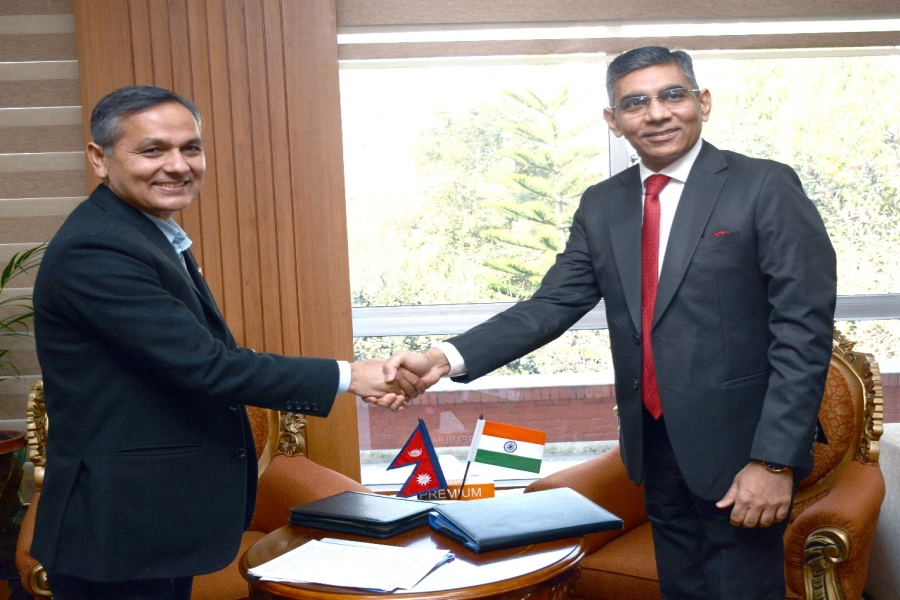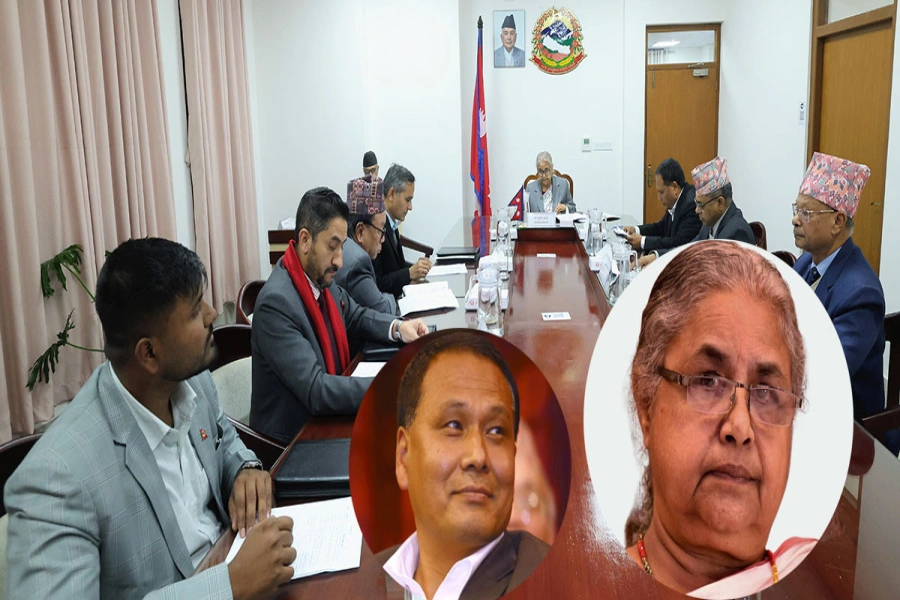The BRI can be an incredible opportunity for least developed countries to leverage their (limited) soft-power and bring diverse parties together to advance global development
With conclusion of Second Belt and Road Forum for International Cooperation (BRF), media is full of commentaries on BRI and China. The pundits are divided along two camps: Those who view BRI as Beijing’s grand design to assert its dominance in the international sphere by flexing its muscles in infrastructure development and financial terms, and those who take it as a much-needed resource to close-in the funding gap required by countries—especially the least developed ones—to usher in higher growth and afford better living standards for their citizens.
Truth lies in somewhere in the middle. With so many countries becoming the part of BRI and with numerous projects planned under its aegis, the resulting tug and pull should ideally pave way for somewhat stable equilibrium. There is no doubt that around the developing world, there is an immense need for financing to fuel development. For instance, the Asian Development Bank (ADB) estimates that for the Sustainable Development Goals (SDGs) period of 2016-2030, investments of around US$ 1.7 trillion will be needed in developing Asia alone if the region is to eradicate poverty, maintain growth levels, and place safeguards against the changing climate. Other studies have suggested that, in 2018-2030, in order to narrow down current infrastructure gaps, keep up with the rise in demand, maintain existing infrastructure, and mitigate climate-related risks for infrastructure, developing Asia Pacific economies will on average have to invest as much as 8.1 percent of their GDP per annum—much higher than the current average rate of 5-7 percent of GDP. The infrastructure financing requirements with climate-related risks for Least Developed Countries (LDCs) are even higher—around 12.2-14.4 percent of GDP every year.
To put these figures into perspective, let us take current state of foreign aid in global development. Official Development Aid (ODA) in 2017 totalled US $146.6 billion—a figure easily dwarfed just by remittance flows to low- and middle-income countries in the same year which were more than three-times the ODA. Similarly, ODA flows to least developed countries through bilateral channels totalled US$ 26 billion in 2017, and aid received by the entire continent of Africa totalled US$ 25 billion.
Treading carefully
11 bridges along Narayanghat-Mugling road come into operation,...

The large gap between development funding needs and the resources—both domestic and in terms of foreign aid—means that infrastructure financing available under BRI comes as a much-needed respite for developing countries. However, this is not without important concerns. Countries that have joined the BRI—especially those that find themselves at a much weaker bargaining power vis-à-vis their potential creditors—could face multiple challenges in ensuring that they are able to get the best deal for them and their citizens.
One of the most pervasive of such concerns is that cash-strapped countries embracing investments under BRI might expose themselves to financing terms that end up compromising their long term financial stability. While important BRI stakeholders have on multiple occasions clarified that the initiative is not based on the model of predatory lending, experiences of certain countries such as Sri Lanka in the case of Hambantota Port serve as warning signs for least developed countries to do adequate homework before taking the plunge.
Prudent planning based on national developmental priorities—with considerations on cost and time overruns as well as economic, social, and ecological impacts—and negotiating terms that would ensure long-term debt sustainability will, therefore, be crucial for countries which are party to BRI. For instance, despite the strong tendency of countries to gravitate toward new infrastructure development, in certain cases it might be most sensible to explore external financing opportunities to maintain and upgrade existing infrastructure which is cheaper, can increase the useful life of such structures, and contributes to narrowing down current infrastructure deficit.
From developing countries’ perspective, any responses to BRI such as the United States’ push to inject development finance and extend technical assistance to developing parts of the world through the International Development Finance Corporation (IDFC) established under the ‘Better Utilization of Investments Leading to Development Act of 2018’ (or BUILD Act) are potential new vistas for financing investments rather than being a matter of binary choice. Further to this, however, there are also domestic political dynamics and larger geopolitical and geostrategic undercurrents that countries will need to navigate through judiciously in order to make the most out of the opportunity that BRI presents. And it is these aspects, in our opinion, that have received the greatest attention in political economy commentaries surrounding the BRI.
Leveraging soft-power
Immensely discounted within BRI discourse is the scope for and the ability of developing and least developed countries to add a whole new dimension of international cooperation to the Initiative. The BRI can be an incredible opportunity for the least developed countries to leverage their (limited) soft-power and bring diverse parties together to advance global development.
On the one hand, developing countries have a long history of engaging with development partners—both multilateral and bilateral—on large infrastructure projects. On the other hand, many of them are also keen on developing partnerships with Beijing and have formally joined the BRI. Given this backdrop, LDCs and other developing countries could play a proactive role in building bridges between BRI stakeholders and other ‘traditional’ multilateral and bilateral development partners by bringing both parties together in infrastructure projects in their countries.
Such an arrangement could, in fact, result in a win-win situation. For developing countries, bringing the two sides together in infrastructure projects in their countries could contribute to maintaining a strategic balance in their international relations while advancing development at home. For multilateral and bilateral development agencies, engaging with BRI stakeholders such as the Chinese policy banks, Silk Road Fund and new Multilateral Development Banks (MDBs) could provide them with an opportunity to have an important say on normative aspects such as standards on accountability, transparency, governance, environment, as well as the structure of the debt portfolio and its sustainability—two of the most widely discussed concerns surrounding BRI.
Finally, a mechanism like this could contribute greatly to enhancing global ownership of the BRI—something that the Chinese administration would surely appreciate—while also fortifying the foundations of multilateralism and furthering progress in attainment of global development goals.
Bhattarai is an independent international development consultant. Upreti is an advocate
tejeshwinb@gmail.com
upretipratyush@gmail.com



































